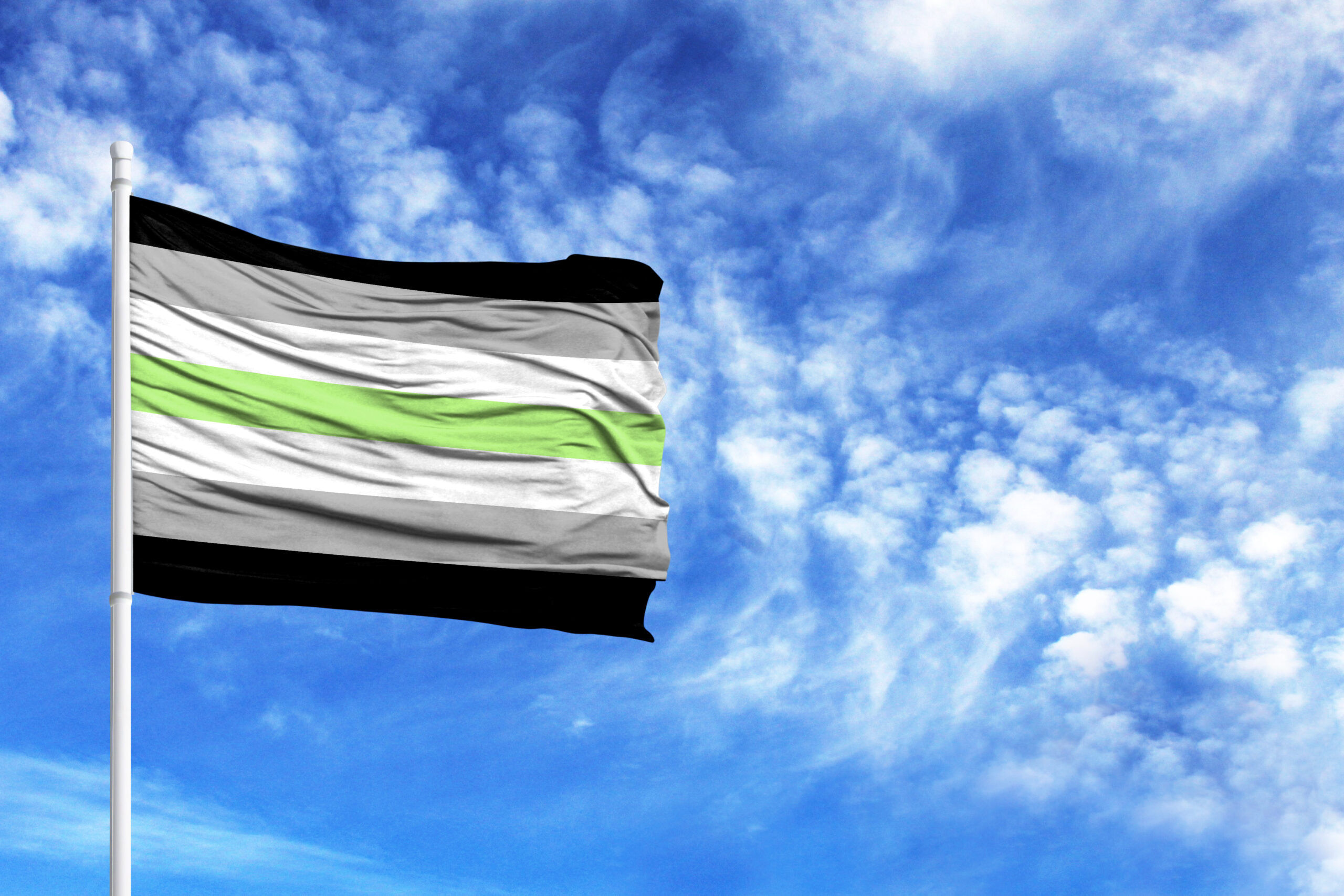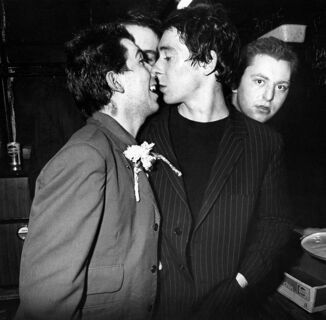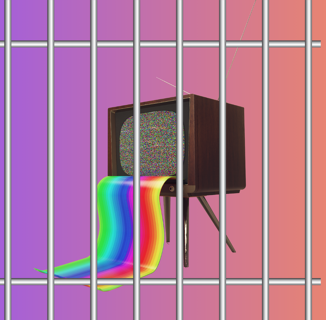Identity is ever-changing, it may be difficult to understand where you stand and that is totally okay! Sexuality and gender is fluid, the most important part is letting yourself explore and learn what you feel the most comfortable with.
In this article, we’ll tackle what it means to be agender and what it entails to be a part of this community.
What does being agender mean?
Agender refers to those who do not have a gender, they are genderfree or genderless. This means that agender people “lack a gender” or do not identify with any particular gender. At times agender can be confused with “gender nonconforming” these two things are very different. Gender nonconforming people do not conform to the gender norms that society has put out for them, this does not however make them agender even though many agender people are gender nonconforming.
Agender individuals do not look a certain way as identity has nothing to do with appearance or presentation. In addition to that agender people may use a variety of pronouns such as they/them or she/her, a combination, or many other pronoun options.
Learning that you might be a part of the LGBTQ+ community might be scary at first, but there are many ways to plug yourself into the community and learn to be comfortable with your sexuality.
if you’re curious about how you might identify, here’s what you should know about what being agender means:
History of the word agender
The word agender itself is relatively new. This does not mean that agender people haven’t been around for centuries before its creation, because they sure have. The first use of the word was in 2000 on the internet forum UseNet. In a chat room discussion, the following was posted, “God is amorphous, agender, […] so image can’t be a physical or gender or sexual thing.” From then on those who did not identify with a gender had a label.
From then on the word agender took off in social conversations. Because in the early 2000s the makeup of the LGBTQ+ acronym was being slowly put together, many individuals started using labels to identify themselves. One of the ways in which the word agender became popularized is through celebrities coming out such as Cara Delevigne and Amandla Stenberg. Although they identify as non-binary, agender falls under this umbrella term. Seeing major celebrities speak about gender identity helped many people feel as though they are not alone.
Alternatives to the word agender
Because identity is personal and different people are comfortable using different terms there are a variety of ways to say the word agender, including:
- Genderless
- Genderfree
- Neutrois
Over time language evolves and this creates new words derived from a multitude of historical nuances. Labels and terms can also carry connotations, bad or good, which is why one might identify more with one term over the other despite them meaning the same thing. It is also important to note that the word agender can encompass asexual, lesbian, and intersex individuals, and so much more.
What NOT to call agender people
Hateful words that refer to the agender community should always be erased from conversations and speech. The word agender has come a long way, but negative connotations and stereotypes remain. offensive words should be avoided at all costs, as they are derogatory.
It is also critical to note that members of the agender community have begun to reclaim derogatory terms to take back the oppression they have faced. Although within the community this is acceptable it is still not okay to refer to agender people with a derogatory term if one is not a part of the community themselves. Always ask before assuming someone’s sexuality and gender identity.
What makes someone agender?
Firstly it is important to note that the agender identity falls under the non-binary umbrella. This does not mean however that these two things are the same. I know that can seem confusing. Non-binary people find that their gender is outside of the binary presented to them while agender people don’t identify with the idea of having a gender at all.
As I mentioned above there is not one singular way to define an agender person. Some agender people go through medical procedures and surgeries to better feel comfortable in their gender identity. Others might take hormones or dress a certain way. The options are limitless and there is no right way to do it.
If you think you might be agender you might want to ask yourself this question: Do you feel like you don’t identify with any gender in particular? If the answer is yes it’s worth looking into how you might fit into the agender community. Another important thing to note is that some people might realize they are agender at a super young age, others not until they are older, and some people might decide that they don’t identify with it anymore. All of this is totally okay. Gender and sexuality is fluid and it is very normal for identity to fluctuate and change over time.
Perspectives on being agender
The best way to understand the agender perspective is to ask an agender person about their experience. Oftentimes we fall into the rabbit hole of assumption, but this can be very dangerous when dealing with identity. It never hurts to ask someone what their pronouns are or how they would like to be addressed. Asking these simple questions is one of the easiest ways to show your support for the agender community.
It is also important to realize that society makes it hard for these communities to strive. Almost everything is gendered and the idea of having to choose either male or female can really darken the experience of agender people. This is why supporting brands and companies that put effort into being gender-free is important. Colors and products should never have to be gendered or make someone feel uncomfortable.
As with many communities within the LGBTQ+ acronym, there are a variety of myths and misconceptions that need to be debunked. Incorrect ideas such as “agender people don’t understand biology” or “agender people are just confused” need to be eliminated from special conversations. With this being said here is an article that explores said myths and puts it into the agender perspective.
The agender flag
The agender flag was created in 2014 by Salem X. It has seven horizontal stripes and 4 colors. The colors symbolize as follows:
- Black and White: absence of gender.
- Gray: Semi-genderlessness
- Green: Non-binary genders.
View this post on Instagram
Bottom Line
Agender people aren’t defined by a singular trait or quality. That is the beauty of gender identity. It is colorful, multidimensional, and ever-changing. It perfectly encapsulates what it means to be a part of the LGBTQ+ community. Agender people are deserving of respect and support despite the many trials and tribulations that this community has faced through the years.
Being non-binary can mean many things, it’s an umbrella term after all. Figuring out where you stand on the spectrum might take time and that’s completely fine. There should be no pressure when it comes to learning who you are as a person.
If some of the ideas above resonate with you and you’re thinking of coming out, make sure the conditions are safe and have a plan of action regarding housing and food if things don’t go as planned.
In addition, be sure to learn about the other identities that make up the LGBTQ+ community subscribe to the INTO newsletter to learn more.
Help make sure LGBTQ+ stories are being told...
We can't rely on mainstream media to tell our stories. That's why we don't lock our articles behind a paywall. Will you support our mission with a contribution today?
Cancel anytime · Proudly LGBTQ+ owned and operated
Read More in Culture
The Latest on INTO
Subscribe to get a twice-weekly dose of queer news, updates, and insights from the INTO team.
in Your Inbox















